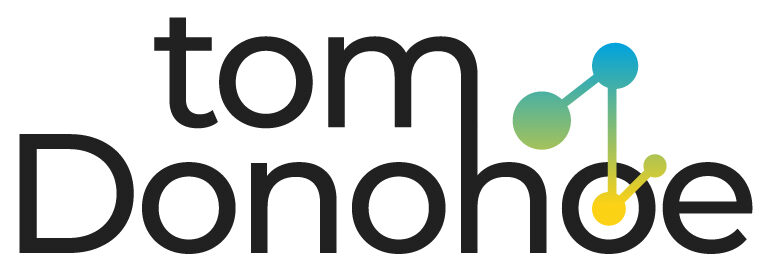Role of Content in Digital Marketing

In truth, there’s hardly anything that can’t benefit from the web’s potential. Because of this, marketing on the Internet has seen exponential growth over the past decade and is growing exponentially. The Internet has become commonplace across all demographics, and organizations across various industries are harnessing the potential of the Internet to gain growth in marketing.
Digital marketing has a more significant ROI as its reach is more important than other forms of media. According to a study published by GlobalWebIndex in 2017, the average person spends 6 hours and 30 minutes surfing the Internet daily, 60 percent of all media time. This data proves that the use of digital media is growing and that streaming content is set to become the next thing to be discovered online.
Where Does Content Fit?
Content is the lifeblood of the Internet and is the basis for any successful digital advertising campaign. Everything on the Internet is likely a form of content – blogs, articles, images, videos, podcasts, and many more.
The proliferation of online content has undoubtedly created massive opportunities for companies.
Every search a potential buyer conducts online will be returned in some ‘content.’ A review of an item, a critique of a service advertisement copy, and even the social media posts and comments accompanying constitute ‘content.’
Reasons Why Content is Important in Digital Marketing
Content is the foundation of any digital marketing campaign. It’s the primary source of internet traffic, and people consume content without knowing it’s a piece of content. Google provides exact results after the search results from highly optimized, relevant, and valuable content. Youtube videos, Tweets, and articles, and the comments that follow all are basically ‘content.’
The content strategy of an online marketing campaign achieves two critical goals – SEO (ranking on the SERP) as well as Thought Leadership (subject matter experts). All other content is a loose part of both.
Search Engine Optimization (SEO)
SEO is among the most critical factors that generate visitors to a website. SEO and content always collaborate to enhance the intent of a user. The range of high quality is always SEO-friendly and will meet specific standards in terms of readability, voice, paragraph sentence structure, and much more.
Content can help rank an online brand in SERPs, but only if the brand is marketed correctly!
If content is not of high quality and a high-quality website, all effort in SEO is ineffective. Good content can work with SEO techniques to aid in ranking an organization on a particular group of keywords. In addition, the intelligent use of keywords and seamless integration into an article is among the most crucial SEO ranking factors.
Another reason why content is essential for SEO is because it’s among the most effective ways to obtain backlinks from high DA (Domain Authority) websites. However, only content that meets a particular set of standards will be eligible for backlinks. Suppose the article has been thoroughly researched and easily understood by the general public. In that case, social validation can be achieved, which assists in getting hyperlinks from top TLDs.
Thought Leadership – Subject Matter Experts
Every marketing campaign aims to educate people about items and products. In the case of digital marketing, the situation is the same.
Thinkers have become the preferred brand names or individuals in the field where their expertise is sought after and appreciated.
Thought leadership is usually the result of a well-planned content strategy. When a company exposes its thought leaders or leverages others, it begins informing prospective customers. This is the process in which real people talk to actual customers to build an impression of trust.
B2B and B2C Content
By releasing quality content – the brand can effectively inform the public about its services and products. Social proof is gained when the information is pulled from and published by bloggers, third-party publishers, and thought leaders. No matter what industry and whether it’s B2B or B2C setting, a thought leader can create a feeling of trust by providing exact information to customers. A thought leader brand is crucial to succeed in its sector. That’s why 96 percent of B2B customers want content that has more information from thought experts. ( Demand Gen Report, 2016)
However, on the other hand, for the B2C part of the enterprise, thinking leadership functions as a face for an organization’s brand. Customers prefer doing business with a person rather than an organization. A study by Nielsen shows that trusting the brand was the top aspect of a buyer’s choice.
For example, an airline company runs a blog and regularly publishes high-quality content, offering information and an itinerary of vacation destinations. The more relevant the content, the greater trust it builds in clients’ eyes. It lets the customers know that this brand has the proper understanding that keeps returning customers.
Additionally, brand content must be based on a potential buyer’s personality. This is the only way to establish trust through thinking leadership. It is essential to inform the public about your brand; for any business, content can be the sole way to get there.
Conclusion
Content strategy is the underlying principle of any digital marketing campaign. Infiltrating the psyche of prospective customers is essential to the success of marketing. Content utilizes accurate tone, voice, and concepts to communicate the brand’s objectives. Enhancing the visibility of a brand’s image online is usually achieved through relevant content.
In essence, content aids in the following ways
Optimizing SEO practices to increase leads through search engines
Informing potential customers about the products and services





